by Kristin | Jul 6, 2019
This study investigated narrative development in bilingual children as well as the possibility of an expressive-receptive language gap in the children’s L2.
by Kristin | Jul 6, 2019
This study compared current school-based SLP bilingual language assessment practices to those identified by Caesar and Kohler in 2007.
by Kristin | Jul 6, 2019
This study sought to understand school-based SLPs use a of language sample analysis in assessment.
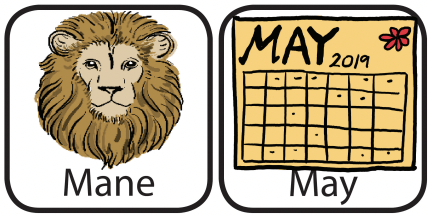
by Leaders Project | May 21, 2019 |
This is part of the series of cleft palate speech therapy word games. This therapy game is unique in that it targets one nasal sound (M) paired with other low pressure and nasal sounds.
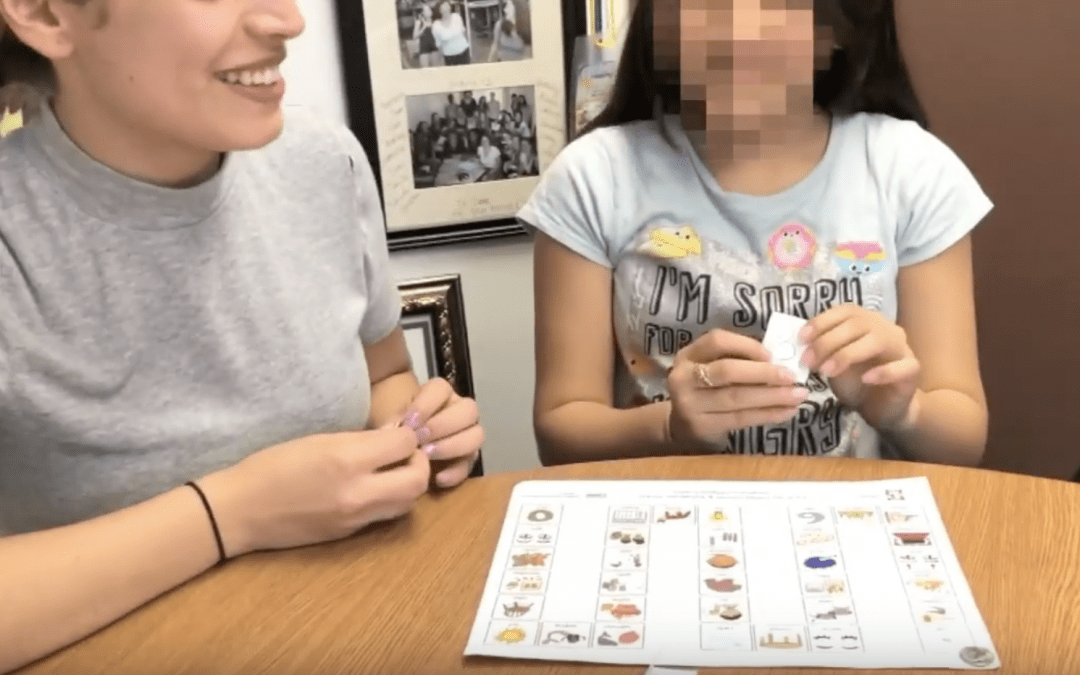
by Leaders Project | May 21, 2019 |
Este vídeo va a proveer más información sobre cómo se puede usar el juego en la terapia.
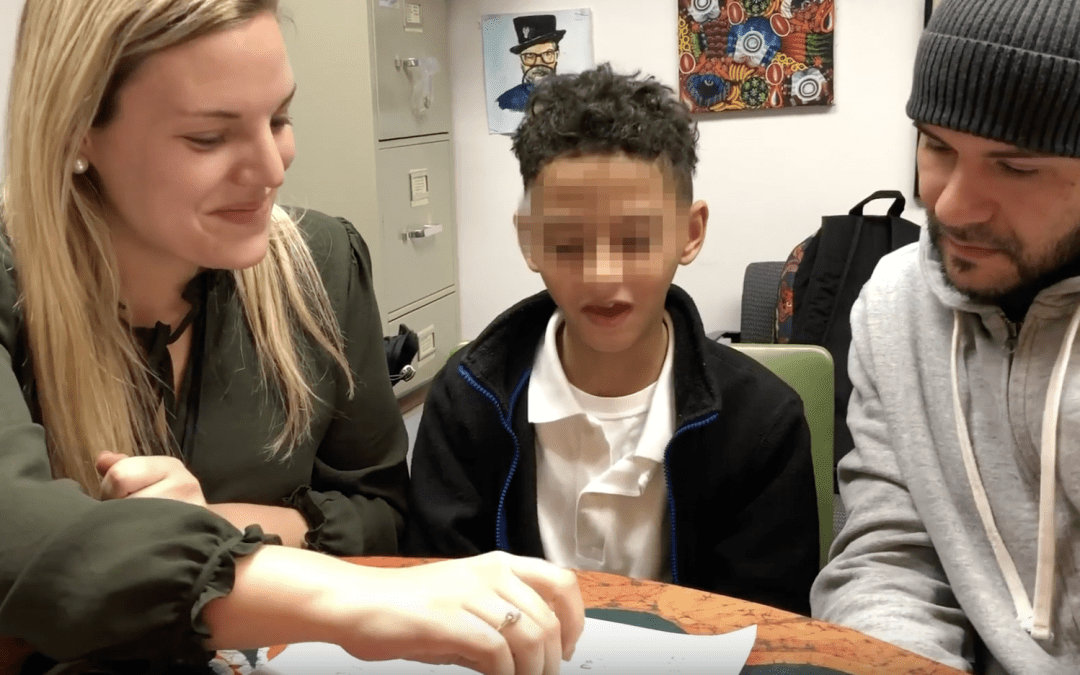
by Leaders Project | May 21, 2019
This video will provide you with more information on how to use the cleft palate word game in therapy.
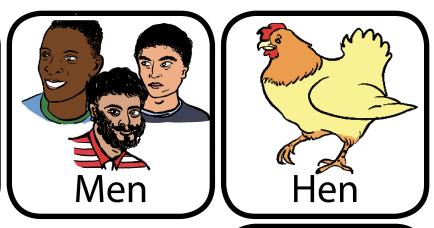
by Leaders Project | Apr 28, 2019
This is part of the series of cleft palate speech therapy word games. This therapy game is unique in that it targets one nasal sound (N) paired with other low pressure and nasal sounds.
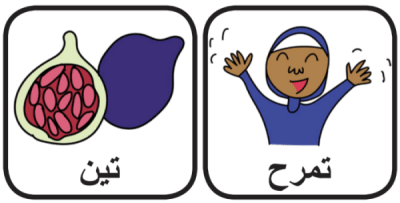
by Leaders Project | Mar 31, 2019
This is part of the series of Arabic cleft palate speech therapy word games. This therapy game is unique in that it targets the one high-pressure sound (t) the child is targeting paired with other low-pressure and nasal sounds which the child should be able to produce...
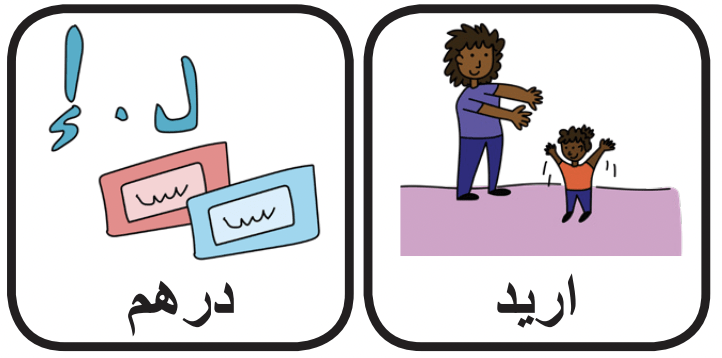
by Leaders Project | Mar 31, 2019
This is part of the series of Arabic cleft palate speech therapy word games. This therapy game is unique in that it targets the one high-pressure sound (d) the child is targeting paired with other low-pressure and nasal sounds which the child should be able to produce...
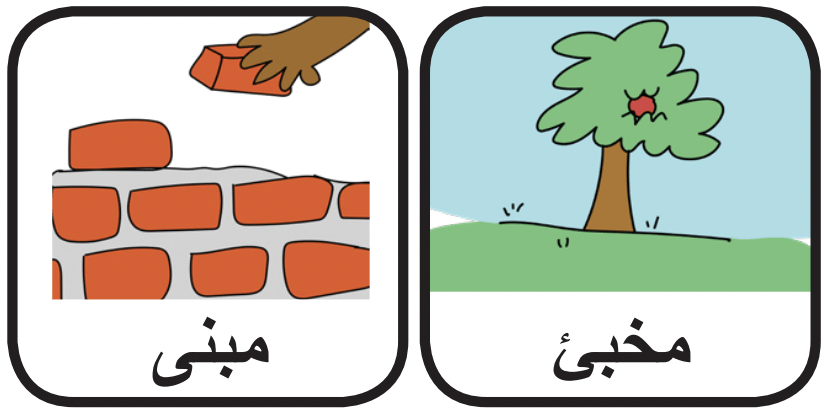
by Leaders Project | Mar 31, 2019
This is part of the series of Arabic cleft palate speech therapy word games. This therapy game is unique in that it targets the one high-pressure sound (b) the child is targeting paired with other low-pressure and nasal sounds which the child should be able to produce...








![[feed link]](/wp-content/plugins/rss-just-better/rss-cube.gif)